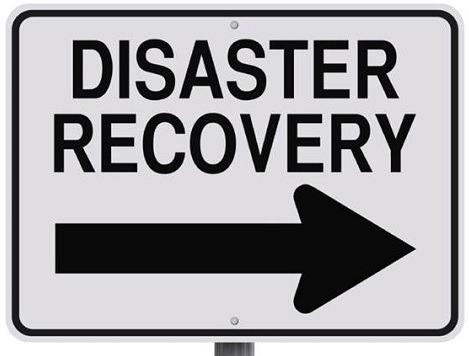Disaster recovery software and tools from Bacula Systems. Sample IT disaster recovery plan template. DRP planning process.
To be be a modern and successful company and succeed your market, you need to own, manage and analyse huge amounts of data. The amount of information we all need to manage is growing rapidly as businesses typically need to manage customer bases, mail servers, user workstations, visitor transactions and many other systems.
However, various emergency situations can happen in business nowadays as IT systems become more complicated, and cyber-attack becomes more likely. These risks might result in harm to business continuity, for example cause problems such as OS and disk failures, RAID controller issues and other infrastructure damage. Your datacenter could experience fires, floodings, hurricanes, tornadoes and even earthquakes – and Bacula Systems hears of these scenarios happening to IT departments regularly.





